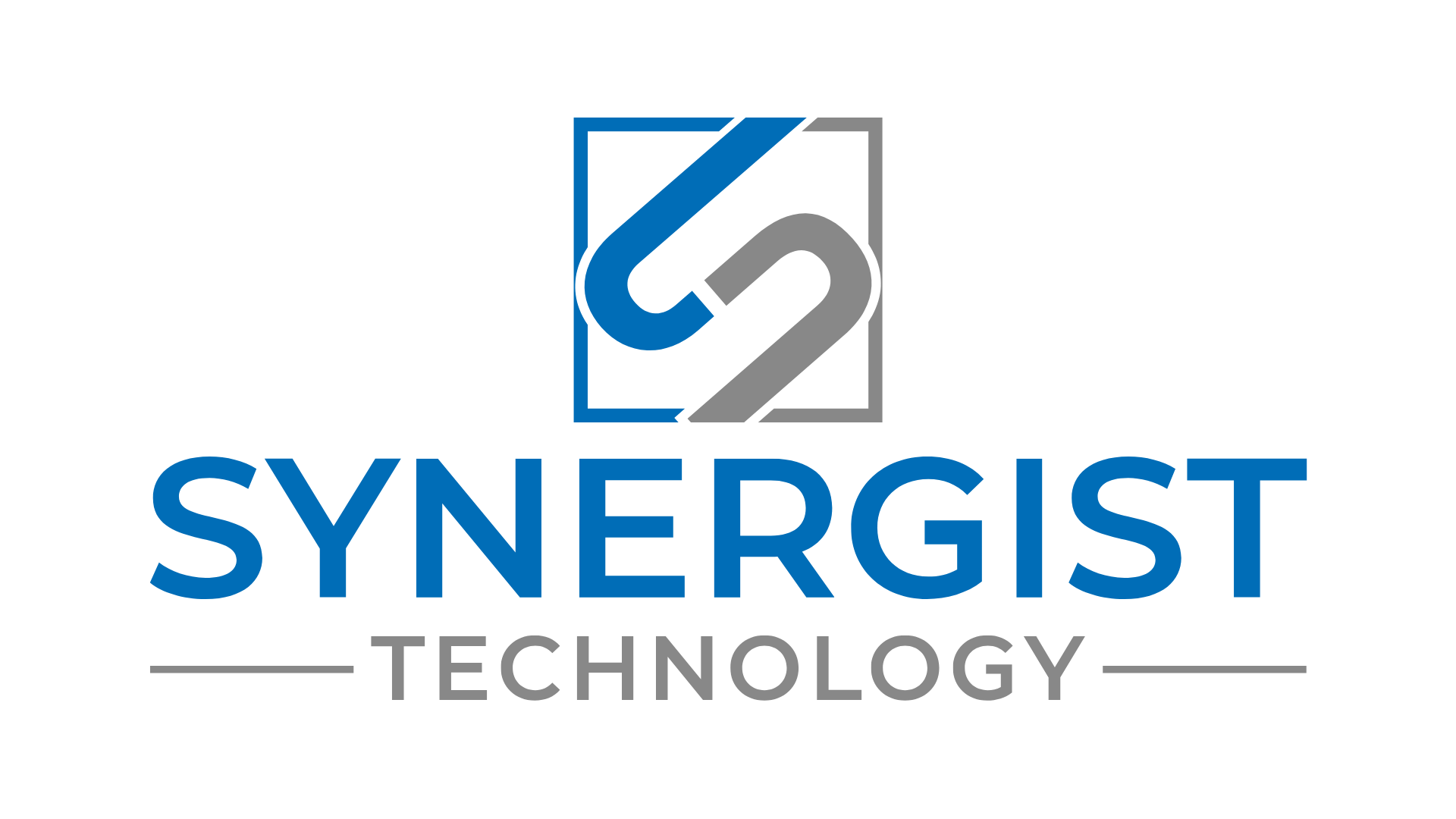Artificial Intelligence (AI) is rapidly becoming the cornerstone of technological innovation across various sectors. As AI is integrated into more business processes, it is crucial to establish strong governance and compliance frameworks, procedures, and continuous monitoring to manage potential risks and uphold ethical standards. By breaking down AI, we can analyze its components, functionalities, and impacts to develop effective governance and compliance mechanisms. These mechanisms are essential to ensure responsible and ethical deployment and ongoing management of AI technologies.
Navigating AI
AI systems are inherently complex, comprising sophisticated algorithms, advanced data processing models, and dynamic machine learning techniques. These systems perform tasks that traditionally require human intelligence, from intricate data analysis and pattern recognition to autonomous decision-making and predictive analytics. The actual complexity of AI lies in its capacity to learn and evolve autonomously, often producing outcomes that are not readily interpretable by humans. This opacity, known as the "black box" problem, presents significant challenges for governance and compliance.
The Governance & Compliance Challenge
The foremost challenge in AI governance is ensuring transparency and accountability. As AI systems gain autonomy, tracing decisions to specific algorithms or data inputs becomes increasingly challenging. This lack of transparency can lead to biased or unfair outcomes, raising serious ethical concerns. Moreover, the dynamic nature of AI, which continuously learns and adapts, complicates the establishment of fixed compliance standards. AI-powered credit scoring by financial institutions, which analyze extensive data to determine creditworthiness, often needs more transparency, making it difficult to understand or contest decisions. Historical biases can result in unfair credit denials for minority groups, and the evolving nature of AI complicates compliance standards. In 2019, Apple's credit card, issued by Goldman Sachs, faced scrutiny for allegedly offering lower credit limits to women despite similar credit profiles to men, highlighting the need for transparent, fair, and accountable AI systems in financial decision-making.
Another pressing issue is the regulatory environment, which frequently needs to catch up to technological advancements. Existing regulations may not adequately address the unique risks associated with AI, such as algorithmic bias, data privacy concerns, and potential misuse. This regulatory gap underscores the need for new ways to look at AI that can adapt to the rapid evolution of AI technologies while providing robust oversight. This requires lawmakers, regulators, technologists, and entrepreneurs to think differently about governance compliance. Current traffic laws and safety regulations, for example, were designed for human drivers and do not adequately address the unique risks posed by AVs. For instance, existing laws do not clearly define who is responsible in the event of an accident involving an autonomous vehicle.
Deconstructing AI
Deconstructing AI involves thoroughly examining its components and processes to enhance transparency and accountability. Adopting AI auditing and monitoring tools is a critical strategy. These tools continuously evaluate AI systems to ensure they comply with ethical standards and regulatory requirements. Regular audits can identify potential biases, security vulnerabilities, and areas for improvement, allowing organizations to address these issues proactively. This approach is easy to implement and provides a near real-time view of the predicted output. This works exceptionally well on specific use cases, such as detecting bias in a mortgage application, where bias can be defined.
Managing Standards, Laws, Policies & Rules
Effective governance hinges on synthesizing standards, laws, policies, and rules, which are detailed and often can be conflicting and quickly changing. This poses another problematic conundrum. How to circle the square while adopting AI solutions and flexible new laws, standards, and rules. A collaboration approach using an AI governance-specific tool is crucial for developing holistic governance and compliance strategies. By involving a team approach, including experts from law, compliance, and technology, security can help gain diverse perspectives and insight. Engaging stakeholders, including affected communities, further enhances the accountability and legitimacy of AI governance practices.
Best Case for Success
Understanding the deconstruction of AI is essential to begin the AI governance and compliance process. By understanding the complexities of AI systems, transparent, accountable, and ethical AI solutions can be managed. Integrating explainable AI, rigorous auditing practices, comprehensive data governance, and collaboration will pave the way for responsible AI innovation.
Synergist Technology has built some of the most robust management tools for AI governance and compliance solutions. The Synergist approach is unique because it doesn’t use AI to monitor AI like a fox watching the hen house.
Written by Brad Levine, Chairman of Synergist Technology.


